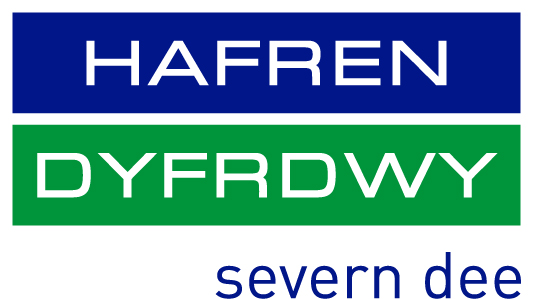Building and Developing
Sewer connections
Step 1: Before you apply
Before proceeding, it is important that you understand the following terms:
- Sewer – a pipe shared by multiple properties, not within the same curtilage.
- Private Drain – a pipe solely serving one property that remains within one site curtilage.
- Lateral Drain – the part of a drain that is outside of the boundary of the property it
serves.
If you are planning on making a new sewer connection, you first need to consider whether you are installing a sewer, private drain or a lateral drain. If you are laying a sewer or lateral drain which is intended to connect into one of our public sewers, you must enter into a S104 adoption agreement with Hafren Dyfrdwy before applying to connect to the sewer or beginning construction work related to the sewer connection. Further information and guidance can be found on our new site developments page.
However if you are connecting to a sewer within your site boundary and will not be installing any sewers, then you need only apply for a S106 sewer connection, the process for which is detailed below.
You may also apply directly for a sewer connection if you are connecting to a private asset that discharges downstream to a public sewer.
Step 2: Apply
How do I apply?
You can apply for one or multiple connections for the same site using one form.
You’ll need to submit the following documents:
- A S106 Sewer Connection Approval Application Form.
- A Location Plan (can be combined with the drainage plan) – Should allow us to identify your sites locality.
- Drainage Plan – Showing the site boundary, the new development, proposed drainage & connection point. If you are connecting to a transferred asset not shown on our sewer records, please indicate the position of the sewer you have located. If you are connecting indirectly to the public sewer via a private asset, please indicate where the private asset connects to the public sewer.
- If you are connecting directly to the sewer – your contractors site & connection specific risk assessment & method statement.
- If it’s a surface water connection – evidence as to why surface water cannot drain via soakaways.
- Application fee – See below for our charges for a waste water connection approval.
Waste water connection approval charges
£119.91
Connecting to an existing private drain or sewer, discharging into the public sewer
£279.83
Connecting directly to a public sewer located on private/ third party land
£515.28
Connecting directly onto a public sewer located within the adopted public highway
Step 3: Approval
What does this include?
We will assess your connection requirements and check our existing network has capacity for the proposed connections. If there are any restrictions placed on surface water flows we
will confirm these with you.
If we are happy with your proposals we will issue an approval letter for each sewer connection within 21 days of your request. It will confirm the connection details and the details of
the sewer you are connecting to. This may be required by your local building control officer.
Step 4: Connection
Who is responsible for carrying out the connection?
Sewer connections are undertaken by a contractor that you employ. If you are connecting directly onto a public sewer, we will approve your contractors method statement & risk assessment to ensure the connection is made safely and to the correct standard.
In certain circumstances, Hafren Dyfrdwy may invoke our right to undertake the works ourselves. We will only do this in situations where we would consider the connection to be high risk for the existing network.
Step 5: Inspection
How do I get the connection inspected?
Once you've received your approval letter you'll need to inform us when the connection is being made allowing 48 hours notice. If it is a direct sewer connection we will aim to
attend site on the day of connection to inspect the work. If the work passes the inspection we will sign it off.
If the work does not meet the standard we will tell you on site what remedial work is required. Once this is complete please contact us and we will arrange a new inspection.
If it is an indirect connection we will not inspect the connection this will be done by your local building inspector, although it is helpful for us to know when they have been made.
Step 6: Sign off paperwork
How do we complete the process?
Once the work is signed off by our inspector, we’ll issue you with an inspection passed letter. If you have built a new chamber/manhole on the sewer, we will also issue paperwork
confirming that we have taken ownership of this. If we need to update our records to show any new manholes we will also do so.
The paperwork you receive from us at this stage should ensure there are no issues if you sell your property.
If you have made an indirect connection, you will not receive any paperwork from us at this stage.
